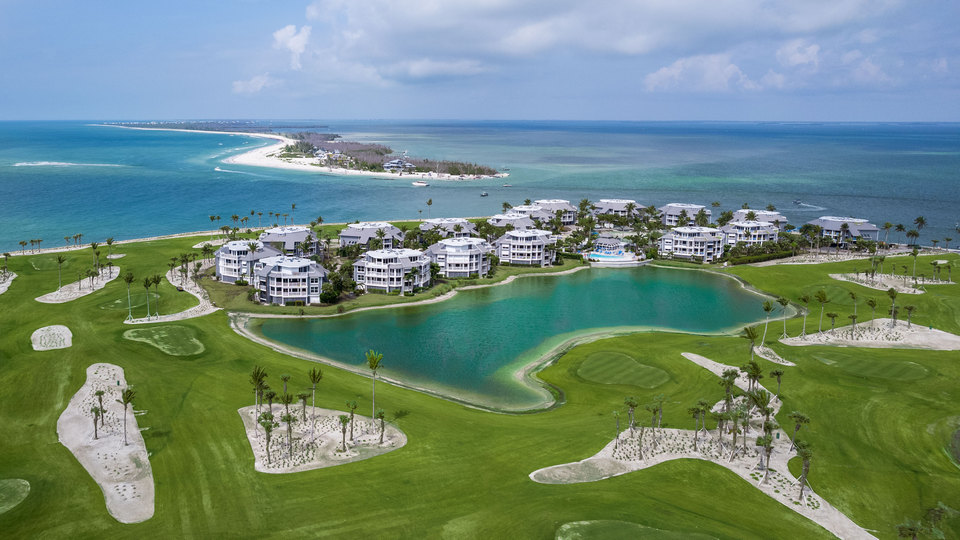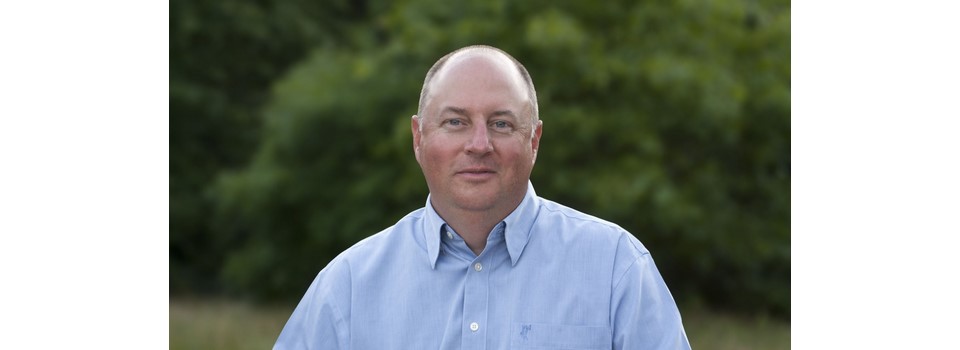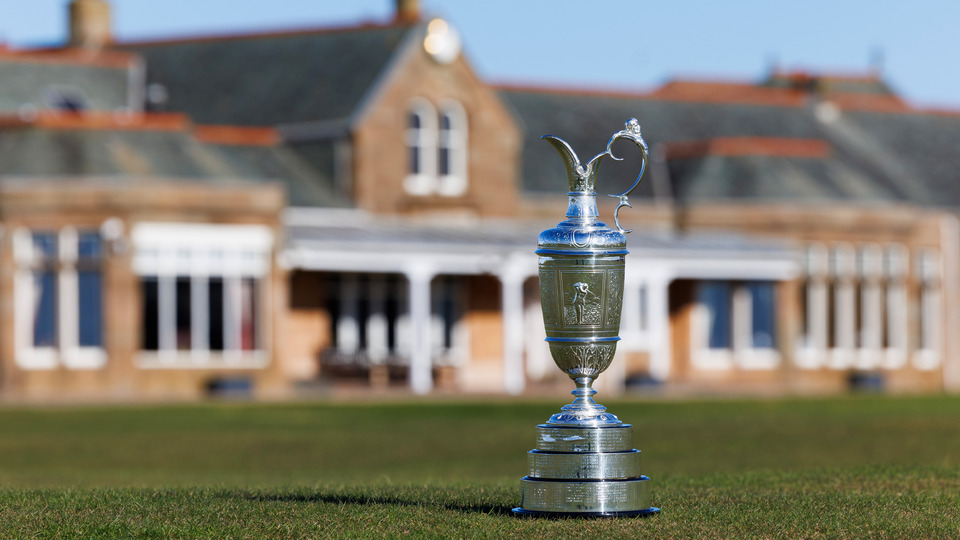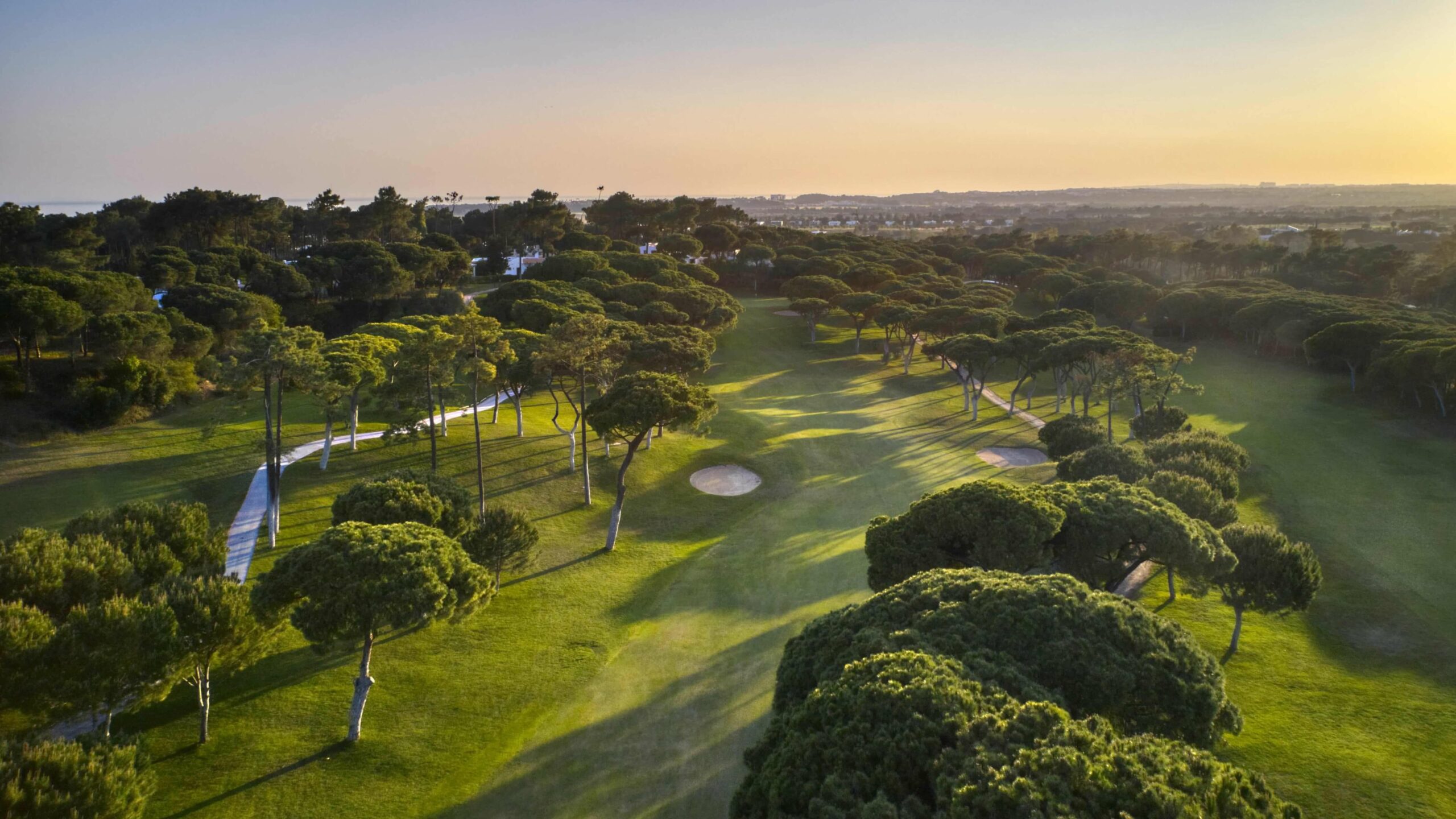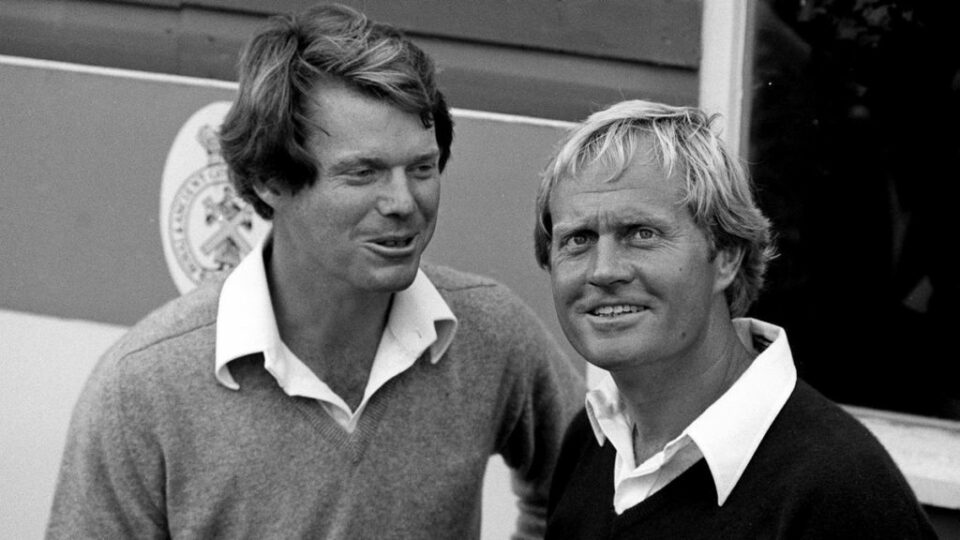LOUISVILLE, KY. For the fourth time a major golf event will grace the State of Kentucky. Valhalla Golf Club, a Jack Nicklaus design, hosts its fourth PGA Championship this week.
Nicklaus, described the site in 1983 as a "golf designer's dream because there is a variety of terrain, vegetation and water to work with. Everything necessary for an excellent golf course is here: room for wide, tree-lined fairways and spectacular golf holes."
With 486 acres of land. Valhalla has plenty of available grounds to handle large size galleries. 40 different routings were considered before a final one was finalized. Located 20 miles east of downtown Louisville, Valhalla opened for play in 1986.
Valhalla's rise in the golf pecking order benefited from having staged compelling golf theater, In 2008. the USA team, under the captaincy of Paul Azinger, recaptured the Ryder Cup without having the involvement of the sport's most dominating player Tiger Woods who was sidelined because of injury.
The three PGA Championships contested previously have all been exciting affairs. The first took place in 1996 and it appeared Kentuckian Kenny Perry would hoist the famed Wannamaker Trophy. A final hole bogey meant a playoff against Mark Brooks. The playoff would feature Perry again struggling at the 18th and Brooks claiming the title with a second birdie at the closing hole.
The 2000 PGA Championship was an epic battle with world number one Tiger Woods against the unheralded Bob May. The two knew each other stretching back to junior golf days in Southern California. May pushed Woods throughout and Tiger needed an 8-foot par putt at the final hole to ensure a playoff. Woods would win the playoff and not only defend his PGA title but continue a stellar stretch of golf in which he would win 7 of 11 majors between the 1999 PGA Championship and the 2002 U.S. Open.
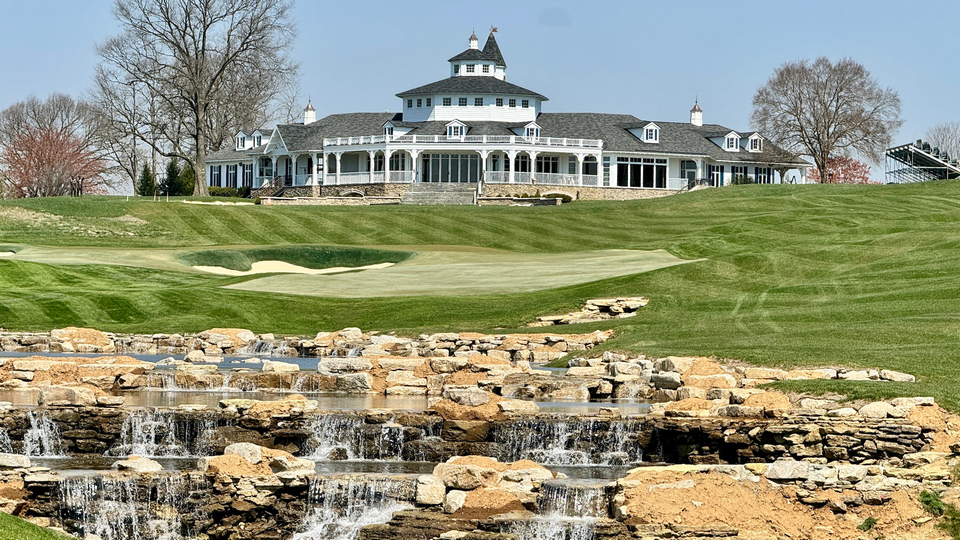
The last PGA Championship played at Valhalla was in 2014 and provided the platform for Northern Ireland's Rory McIlroy to win his fourth major title by the age of 25 – an amazing accomplishment only achieved by such heavyweight stars as Jack Nicklaus, Tiger Woods, Bob Jones and "Young" Tom Morris.
Valhalla has been updated by the Nicklaus team in recent years. The layout is a tale of two different courses. The outward side is routed through lowlands and requires keen awareness in quality driving of the ball to achieve the most optimum approach angles into the putting surfaces. Floyd's Fork, a serpentine tributary, inserts itself at several different moments on the opening nine – most notably at the stout two-shot hole at the 2nd.
The par-5 7th features a split fairway tempting players to hit towards the 26-yard-wide fairway on the left side. Those able to accomplish that can effectively cut-off 50 yards to reach the green in two shots.
The inward half presents a far different look. Holes weave through dense hardwoods in concert with an array of bunkers at different strategic locations which force players to make strategic calculations in order to keep positive momentum going forward.
The final hole is a 570-yard par-5 with a penalty area on the right side of the drive zone with mounds and deep Kentucky bluegrass rough awaiting left.
Players can reach the green in two shots but encounter a horse-shoe shaped green with a large spine in the center with three distinct shelves. In all the events played at Valhalla the 18th has played an impactful role.
The original vision for Valhalla came from Louisville-native Dwight Gahm who wanted his beloved community to have a facility capable of hosting major golf events. The desire to keep Valhalla front and center is now carried out by four area businessmen and long-time members of the club -- Jimmy Kirchdorfer, Ches Musselman, Junior Bridgeman and David Novak – who purchased the club from the PGA of America. The purchase was finalized on June 1, 2022.
The desire of the new ownership group is to keep alive the original vision of Dwight Gahm. In a short time, Valhalla has provided an array of treasured moments and the 2024 PGA Championship is certain to add even more.
Five architects were engaged to provide their thoughts on this year's PGA Championship. Each provides their personal viewpoint on what compelling architecture provides and what to look for at Valhalla this week.
***
What's the most difficult aspect in designing a course when the finest professionals are the ones playing it?
Chris Cochran: There is so much that goes into planning a tournament course to host professional events, especially in the routing phase of design. Parking for players, staff, and spectators, drop off and pick up areas for spectators, gallery viewing and movement throughout the golf course, staging for TV and media, staging for corporate tents, how players navigate through all of this, adequate practice areas for the players and how they get to and from these areas, etc.
After that, it’s designing golf holes that challenge all aspects of the best players in the world’s game while having a fun, enjoyable golf course for those who will be playing the course when it's not being used as a tournament venue.
Dr. Michael J. Hurdzan: Keeping it fair for average, everyday golfers, especially weaker hitters, while also making it challenging for the pros who will play it infrequently. It is easy to make a golf course difficult but it takes a lot of creativity to also make it fun, forgiving and challenging for all other skill levels. The place to accomplish that seemingly impossible goal is in the design of greens and their surrounds.
Jerry Lemons: Finding length.
Drew Rogers: Frankly, that’s the least of my concerns – worrying about how such a finite fraction of players encounters a golf course for a few select days. We already have plenty to concentrate on with designing and building suitable courses for dues paying clients and investors.
If the course doesn’t work for them, then we need not even bother to think about satisfying tests for the best players in the world, because the course wont be sustainable without its originally intended goals and success, first and foremost.
Beau Welling: Our goal is to create a challenging setup that also provides scorable opportunities to reward good play. Given the pros’ length off the tee, creating that challenge can be difficult, but we're conscious not to “trick up” the golf course. Instead, our focus is on the greens contouring that requires accurate approach play.
With firm conditions, we feel this goal is very achievable as players must be thoughtful, creative, and very precise with their shotmaking – but it is much tougher to realize with soft conditioning where players have so much more control of approach shots. Because of this focus on conditioning, our team places a lot of focus and planning on the course infrastructure for tournament golf to ensure those fast and firm conditions are achievable.
With firm and fast conditions, golf can be more like chess; with soft conditions, it is more like darts. We want chess.

Should the designing architect be consulted when a major championship is being held at the course the person created?
Jerry Lemons: Maybe, but not necessarily.
Beau Welling: That could be a challenge given that many major championships are contested at courses where the original architects/designers are no longer with us.
If it is a modern course or one that has undergone some recent significant adjustments, then I think having the architect/ designer involved makes sense to look at a variety of factors related to how the course plays but also how the site functions during a tournament.
When our team is looking at a project where elite-level golf may be in the future, there are often different elements that come into play and are considered to make sure that the course offers the necessary challenge while also remaining playable for day-to-day membership or guest play.
Our team looks to plan holistically in order to ensure the required site functions properly and the needs of the hosting organization, the players, and the spectators can all be met.
Chris Cochran: Yes. The professionals who run and set up tournaments are so good at what they do and to ensure the players and viewers have the best experience possible, but it is the golf course architect who typically will have the keenest insights into the finer points of how the holes play, the intent of the design and where the best lines or places to miss shots will be.
Drew Rogers: I think they should be in the conversation, for sure, so that others who are setting the course up for play can benefit from understanding the intended design strategies and so the architect can advise best actions if adjustments are warranted.
I also think the home superintendent should be a big part of guiding course setup. They already know how to prepare their course for varied conditions and multi-day competitions in ways that implanted officials might not imagine.
Dr. Michael J. Hurdzan: That is a nice professional courtesy, especially if there could be significant changes made to the course. But if the original design was well done, chances are that most of the tournament preparation will involve maintenance issues, not major strategic design ones.
I like to be consulted because I am able to learn what the “set up” committee is looking for, especially in hole locations, to improve my future design thinking.

Related: Club pros yes, 20 spots no
The USGA and R&A both announced a rollback on the golf ball - elite players in 2028 and recreational players in 2030. Was the response satisfactory to you and, if not, were other efforts on the club's side specifically needed as well?
Dr. Michael J. Hurdzan: I believe that player’s swing technique and physical conditioning are the major reasons for the ball going further, and equipment regulations will not change that. Prior to the 2017 US Open at Erin Hills, one pro not known for his driving distance, played the course to the maximum yardage on every hole, measuring a total of 8,500 yards and he shot 73.
Length doesn’t matter that much. However, equipment innovation is good for growing the game because throughout the history of golf, each major game improvement made to equipment inspired an increase in participation by recreational players who think they can buy a better golf game. Therefore, I think that the rollback will not solve anything, but in fact could hurt the technical evolution process in equipment.
Drew Rogers: Well, it’s a start. I’m not sure that the ball rollback alone will address the issues. Other equipment modifications are also worthy of consideration as well – shafts, clubfaces, materials, etc.
It would also certainly help if elite players were willing to get on board to understand the issues and promote the movement. But will their sponsors allow them to do so?
Jerry Lemons: It is a start to putting the Genie back in the bottle. It is complex that many love to see the ball go and go, but it has forever impacted the cost of golf.
Beau Welling: I have a degree in physics so the distance debate in golf is something that has been particularly interesting to me. The advances in technology with the ball is certainly a big part of the conversation, but it is really a multi-variable question. Club technology, the physical progression of golfers as athletes, the ability to optimize and match swing dynamics to equipment choices are some of the many other variables.
The announced golf ball rollback will have some effect on distance for sure, but we as a species are constantly evolving and innovating and that is not going to stop. So, I think the rollback will be a relatively short-term affair. As such, I don’t see it affecting golf architecture much at all. We certainly are not thinking of making golf courses shorter because of the rollback.
What we will continue to focus on is creating strategic hazards that will be in play for longer hitters and keep trying to require the thoughtfulness, precision, creativity and shot making I mentioned earlier.
Chris Cochran: I think I see all sides of the topic but to me it comes down to what is more sustainable in the long run and best for the game well into the future, maintaining 100 acres or 200 acres?
This is the biggest reason I do not think the USGA and R&A have done enough to roll the ball back. I do not know how much attention was given on the club side, but I would think there had to have been a lot of talk about bifurcation from that perspective.
Part 2
***
The Participants
Chris Cochran
Graduated from Iowa State University in 1983 with a Bachelor of Science in Agronomy. However, even before he graduated, he was involved with the golf industry.
From 1976-1983 he worked for the Wichita State University Golf Course, first in the pro shop and then in golf course maintenance.
In 1980–1981 he worked in golf course maintenance for the Ames Country Club. After graduation, he would use this experience to begin working for Nicklaus Design as a Site Coordinator from 1984–1989. He has continued to work for Nicklaus Design and in 1989 became a Design Coordinator. Serves as Senior Design Associate today.

Jerry Lemons
Attended Murray State University, receiving an Associate's Degree in Horticulture. Following graduation, worked as construction and golf course superintendent at a Kidwell–Hurdzan designed course at the University.
He then formed his own firm, Golf Links Inc., and has since been the Senior Designer for all of the company's golf course projects. Golf Links Inc focuses on building quality golf courses and on assisting clients with the operation of their clubs.
The firm continues to grow and has developed a reputation for creating "affordable golf." Its design philosophy revolves around making a golf course fit the site; hence, he considers site selection the single most important factor in building a quality course enjoyable for players of all levels.

Dr. Michael J. Hurdzan
Is the fifth person in golf to achieve the non-playing “Grand Slam” as recipient of the highest honor from our industry’s “Big 3”: the Golf Course Superintendents Association of America, the American Society of Golf Course Architects and the Golf Course Builders Association of America.
Today, seven are on that list: Arnold Palmer, Jack Nicklaus, Byron Nelson, Robert Trent Jones, Sr., Rees Jones, Pete Dye and Dr. Hurdzan. He has authored eight books, the first of which, Golf Course Architecture: Evolutions in Design, Construction, and Restoration Technology, is regarded by many authorities as “the modern bible of golf course design,” that has also been translated into German, Korean, Chinese and Japanese.
The Hurdzan name can now be found on 400+ projects on five continents. Erin Hills, an original design of Dr. Hurdzan with then business partner Dana Fry and Golf Digest Architectural Editor Ron Whitten hosted the 2017 US Open, just ten years after it opened.
Dr. Hurdzan is still active and working with his son and business partner, Dr. Christopher Hurdzan on golf course projects across North America.
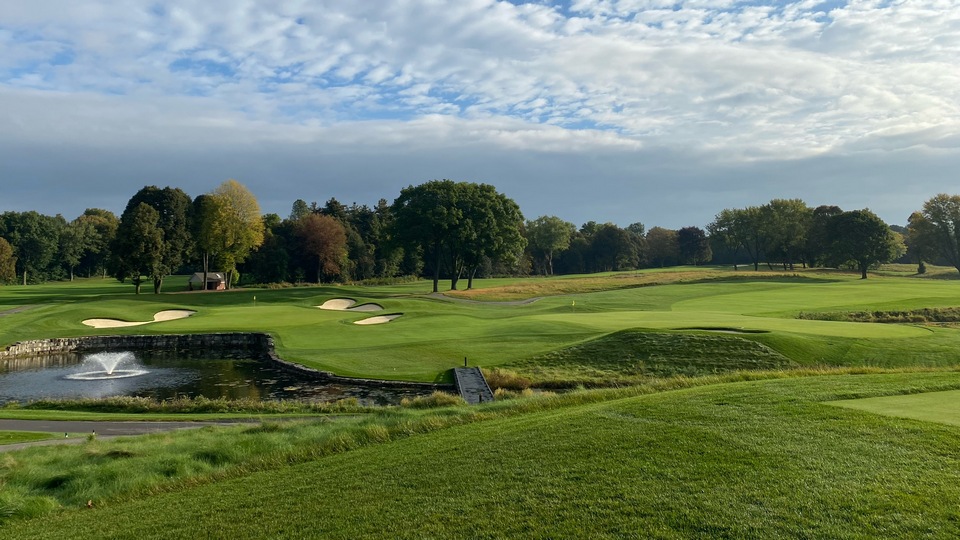
Drew Rogers
In 1992, Rogers took a design position with renowned architect Arthur Hills. He quickly assumed full management of numerous full-scale projects and became a well-recognized face of the firm and a highly respected golf industry practitioner.
Appointed a full partner of Hills’ firm in 1999 before earning acceptance as a member of the American Society of Golf Course Architects in 2001. During a time spanning nearly 19 years, Rogers collaborated with Hills on over thirty new course designs and over twenty major renovations worldwide.
In 2010, he established his own design practice (JDR), whose primary focus is to assist existing course entities that seek to make improvements to their facilities. JDR is a small, boutique entity that focuses on personal service, direct communication, well-planned improvement programs, and enduring excellence.
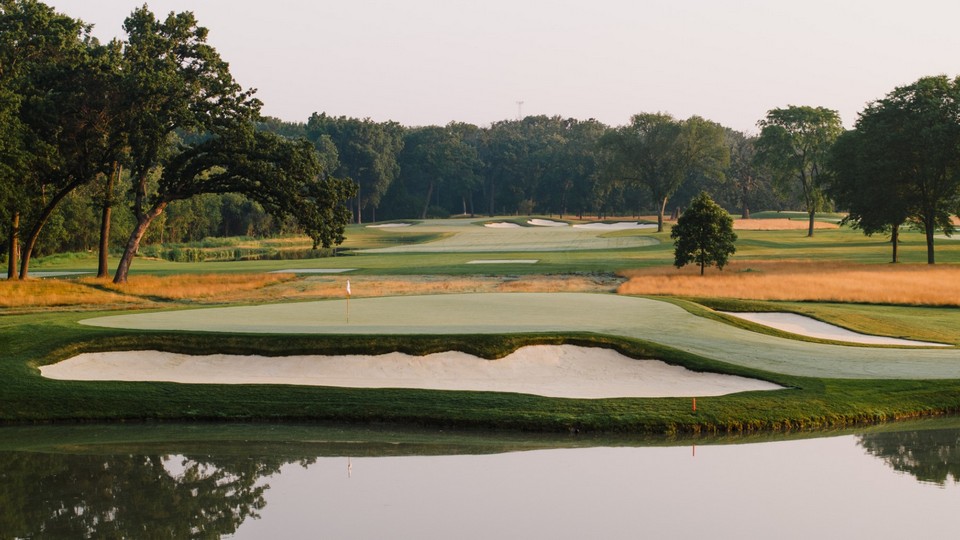
Beau Welling
An interdisciplinary professional, Welling earned degrees in Physics and drama from Brown University and Trinity College in Dublin, Ireland before spending a decade working under Tom Fazio at his design firm.
In 2007, he founded Beau Welling Design (BWD), and since then has designed and renovated dozens of high-profile golf venues such as Fields Ranch West at Omni PGA Frisco, Atlanta Country Club, Ocean Forest Club and Johnathan's Landing Golf Club. In addition to BWD, Beau and his team serve as the design consultants for Tiger Woods' TGR Designs.
Off the course, Welling was elected President of the World Curling Federation in 2022.
